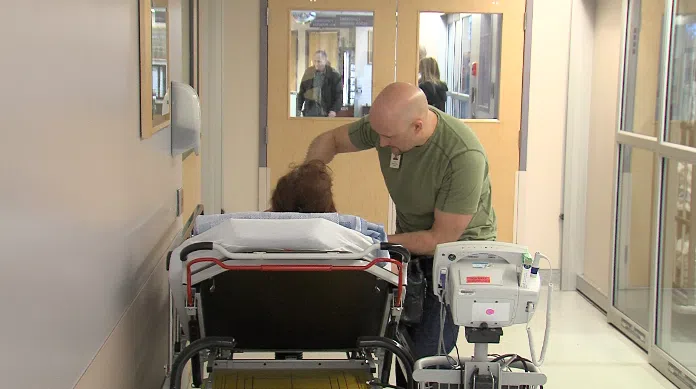
Election issues: Healthcare
KAMLOOPS — One of the biggest issues on the campaign trail this election is that of healthcare.
B.C. is facing a significant doctor shortage, which has prevented many citizens from accessing the medical services they need when they need them.
The problem has reached a critical point in recent years.


